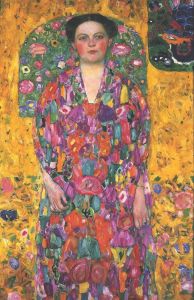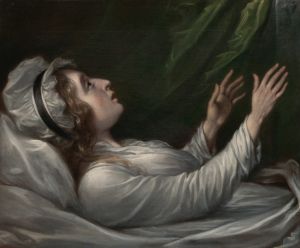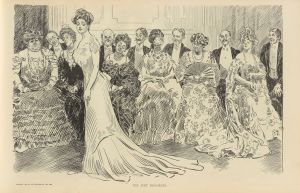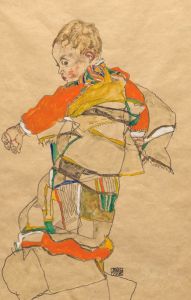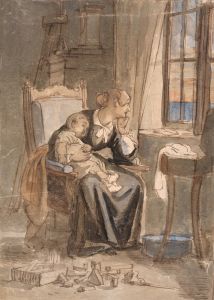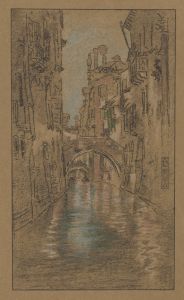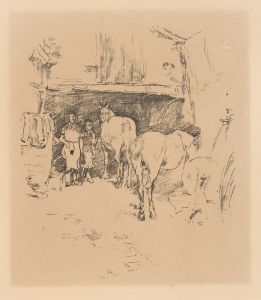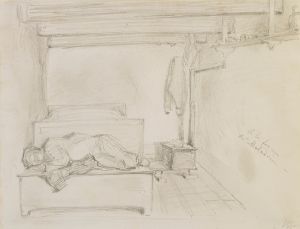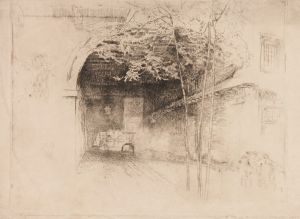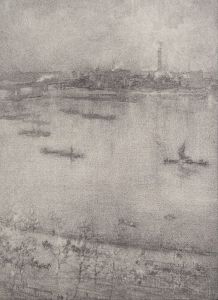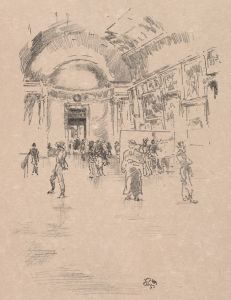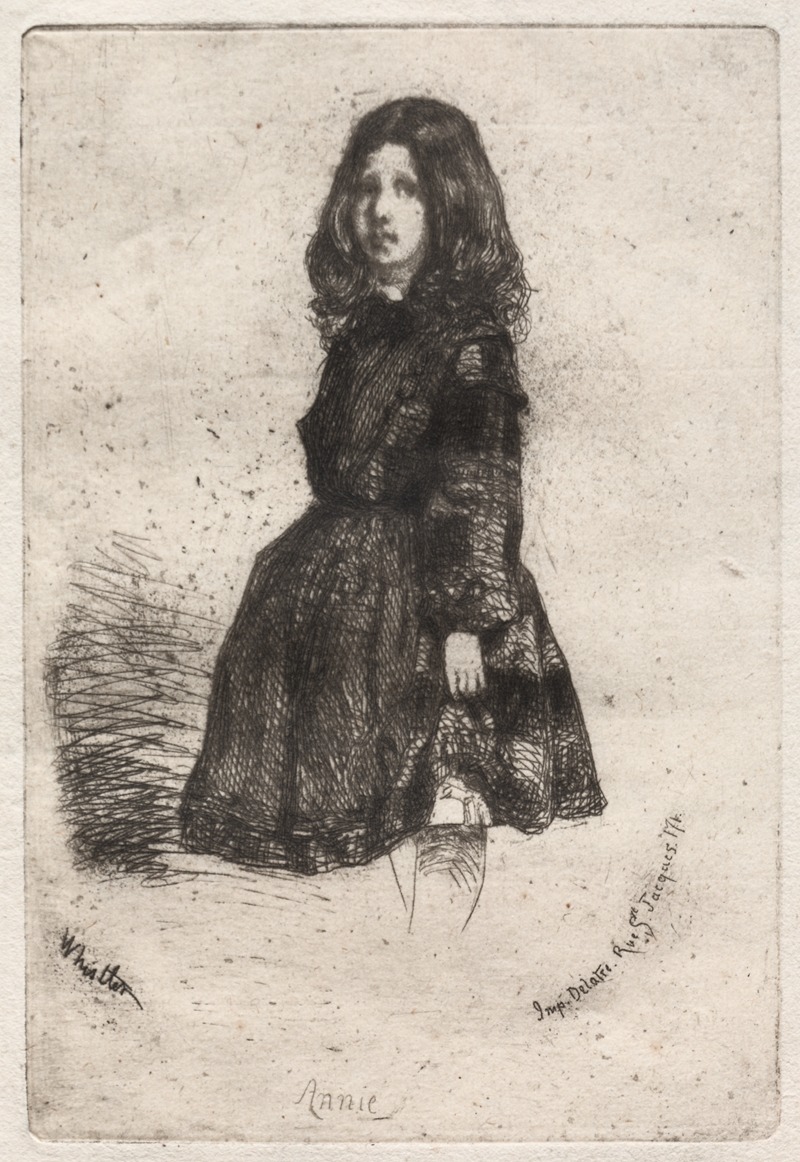
Annie
A hand-painted replica of James Abbott McNeill Whistler’s masterpiece Annie, meticulously crafted by professional artists to capture the true essence of the original. Each piece is created with museum-quality canvas and rare mineral pigments, carefully painted by experienced artists with delicate brushstrokes and rich, layered colors to perfectly recreate the texture of the original artwork. Unlike machine-printed reproductions, this hand-painted version brings the painting to life, infused with the artist’s emotions and skill in every stroke. Whether for personal collection or home decoration, it instantly elevates the artistic atmosphere of any space.
James Abbott McNeill Whistler, an influential American artist, is renowned for his contributions to the art world during the late 19th century. Among his many works, "Annie" is a notable painting that reflects his distinctive style and artistic philosophy. Whistler was known for his belief in "art for art's sake," emphasizing the aesthetic experience over narrative content. This philosophy is evident in his approach to portraiture, where he often focused on mood, composition, and the harmonious arrangement of color.
"Annie" is a portrait that exemplifies Whistler's skill in capturing the essence of his subjects with subtlety and elegance. While specific details about the painting "Annie" are limited, it is consistent with Whistler's broader body of work, which often features portraits of women and children. His portraits are characterized by their simplicity and the delicate interplay of light and shadow, which create a sense of intimacy and immediacy.
Whistler's technique often involved a limited color palette, which he used to great effect in creating atmospheric and evocative images. This approach can be seen in "Annie," where the careful modulation of tones and the soft, almost ethereal quality of the brushwork draw the viewer into the subject's world. Whistler's portraits frequently convey a sense of quiet introspection, capturing the sitter's personality without resorting to overt expression or dramatic poses.
The artist's influence from Japanese art is also evident in his work, including "Annie." Whistler was inspired by the simplicity and elegance of Japanese prints, which is reflected in his use of composition and space. This influence is apparent in the way he often positioned his subjects within the frame, allowing for a balance between figure and background that enhances the overall harmony of the piece.
Whistler's portraits, including "Annie," are also notable for their emphasis on the sitter's attire and surroundings, which are rendered with the same attention to detail and aesthetic consideration as the subject's face. This holistic approach to portraiture underscores Whistler's belief in the unity of all elements within a painting, where every aspect contributes to the overall effect.
Throughout his career, Whistler's work was both celebrated and critiqued, often sparking debate about the role of art and the artist's intentions. Despite this, his contributions to the art world have been enduring, influencing generations of artists who followed. His portraits, such as "Annie," continue to be appreciated for their beauty, technical mastery, and the unique vision they represent.
In summary, while specific details about the painting "Annie" by James Abbott McNeill Whistler are scarce, it remains an important example of his portraiture work. The painting reflects Whistler's artistic principles, his mastery of technique, and his ability to convey the subtle nuances of his subjects. Through "Annie," viewers can appreciate Whistler's dedication to creating art that transcends mere representation, offering instead a glimpse into the aesthetic ideals that defined his career.





